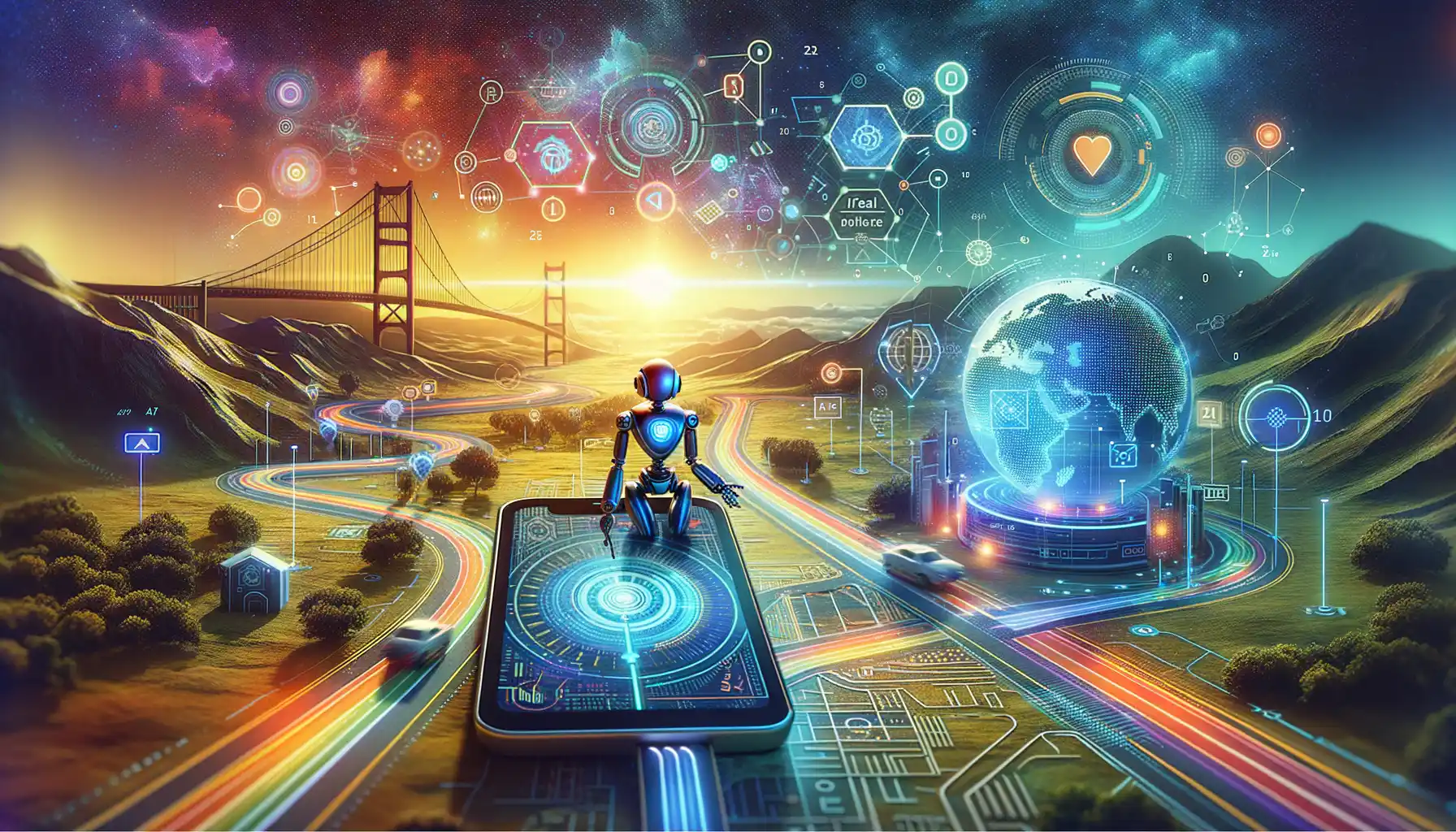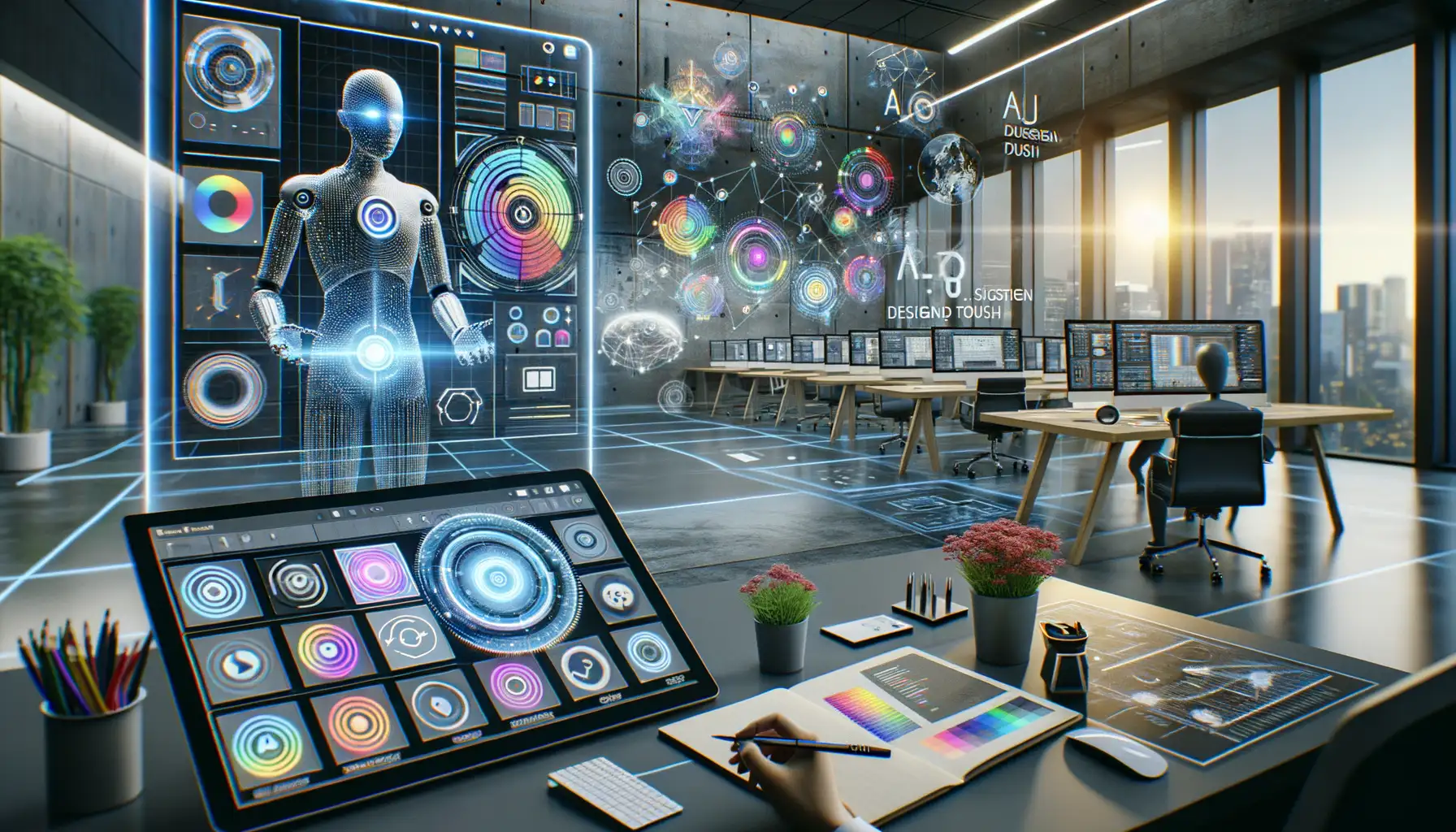Introduction to Artificial Intelligence in Mobile App Design
The Game-Changer You Didn’t Know Your App Needed
Imagine opening an app that seems to read your mind. That effortless flow, the way it anticipates what you want—it’s not magic; it’s Artificial Intelligence in action. AI has quietly slipped into the world of mobile app design, and let me tell you, it’s rewriting the rules of how apps connect with their users.
When AI takes the wheel, design is no longer about guesswork. It’s about building experiences that feel alive, responsive, and even human. Think of personalized recommendations, intuitive voice commands, or features that adapt based on your behavior—like a personal concierge living in your phone.
What makes AI so revolutionary?
- It learns from user data, making every interaction smarter than the last.
- It detects patterns humans might miss, allowing for breathtakingly precise customization.
- It enables time-saving automation, turning repetitive tasks into seamless moments of ease.
Whether it’s designing intuitive layouts that guide like a compass or creating flexible interfaces that evolve with you, AI is the secret sauce turning good apps into jaw-dropping digital companions.
Enhancing Navigation with AI-Powered Solutions

Revolutionizing User Journeys with AI
Imagine opening a mobile app and feeling like it’s reading your mind. You’re not fumbling through menus or tapping aimlessly; instead, every touch feels intuitive, every screen flows naturally into the next. That’s the magic of AI-powered navigation—transforming digital exploration into a seamless journey.
By analyzing user behavior, apps can now predict what you’re looking for before you even know it yourself. Forgot where settings are buried? AI remembers the last time you hunted for “Dark Mode” and makes it easily accessible next time. It’s like having a thoughtful friend who knows your quirks—and anticipates your needs.
- Dynamic recommendations: Tailoring options based on individual habits, whether it’s music playlists or shopping categories.
- Context-aware shortcuts: Got five seconds between meetings? AI serves up quick actions perfect for your timeframe.
- Voice-enabled flexibility: Because tapping tiny buttons during your morning jog isn’t ideal, right?
This isn’t just navigation—it’s personalization elevated. With AI in the driver’s seat, app navigation becomes more than function; it’s an experience crafted just for you. Doesn’t that feel like the future?
Improving UI/UX Design through AI Implementation

Crafting Seamless User Journeys with AI
Imagine stepping into a store where every shelf is organized perfectly to suit your taste, and each aisle lights up as you approach it. That’s exactly how AI transforms UI/UX design—like a personal shopper for your app users. By implementing machine learning and predictive algorithms, apps can now anticipate user behavior, delivering an experience tailored to individual needs.
Take, for instance, dynamic personalization. AI can analyze user preferences in real-time to tweak interfaces. It might suggest shortcuts to frequently used features or rearrange menus to prioritize what matters most. And the best part? It’s like magic happening behind the scenes, invisible but incredibly powerful.
- Voice assistance: AI integrates with voice recognition tools to create hands-free, intuitive experiences.
- Real-time adaptability: Interfaces evolve as usage patterns shift, keeping design fresh and relevant.
- Micro-interactions: Think tiny animations or haptic feedback that offer instant gratification and guidance.
Reducing Friction, One Tap at a Time
Have you ever abandoned an app because navigation felt like solving a maze? AI eliminates those headaches by streamlining interactions. Picture a search bar that “gets you” and serves hyper-accurate results—or chatbots that know precisely when to pop up with a helpful tip (and when to stay silent). These aren’t just nice-to-haves; they’re game-changers in creating user-friendly mobile journeys.
Case Studies and Examples of AI in Mobile Apps

Real-World Success Stories of AI Enhancing Mobile Apps
Imagine opening an app and feeling like it truly “gets you.” That’s the magic of pairing mobile apps with artificial intelligence. From personal assistants to shopping platforms, AI is weaving itself into our daily lives in extraordinary ways. Let’s dive into some jaw-dropping examples.
Take Spotify, for instance. Its Discover Weekly playlist feels eerily tailor-made, doesn’t it? Why? Because its AI studies your listening habits, compares them to users with similar tastes, and unearths music you didn’t even know you’d love. And who could forget about Google Maps? The app uses machine learning to predict traffic snarls before you hit the road, saving you not only minutes but potential expletives too.
- Duolingo: Beyond repetitive flashcards, its AI tracks your progress and adjusts lessons dynamically, making learning a new language almost addictive.
- MyFitnessPal: With AI-powered food recognition, just snap a meal photo, and voilà—your calorie intake is calculated in seconds.
The possibilities are endless. These aren’t just perks—they’re transformations that make users think, “How did I live without this?” AI isn’t just skilled; it’s intuitive, elevating apps from good to unforgettable.
Future Trends and Best Practices in AI-Driven App Design

Emerging Innovations Shaping AI-App Design
Picture this: mobile apps so intuitive, they feel like they’ve read your mind. That’s where the future of AI-driven app design is headed—and fast. With advancements in technologies like Generative AI, we’re seeing a shift from reactive interfaces to proactive ones. Imagine an e-learning app that not only adapts content to your pace but predicts what you’re ready to learn next before you even realize it yourself.
One standout feature? AI-driven personalization. Developers are now leveraging algorithms that take into account your habits, preferences, and even your quirks. It’s why apps like Spotify seem to know your perfect playlist as if they’re your best friend. But the evolution doesn’t stop there. Upcoming trends include:
- Voice-first navigation: Apps becoming conversational partners, enabling hands-free interaction while multitasking.
- Emotion-recognition technology: Interfaces adapting their style based on whether you sound stressed or upbeat.
Best Practices for Seamless AI Experiences
To stay ahead in this AI revolution, designers must think beyond aesthetics—into the realm of ethics and functionality. One golden rule? Keep the user’s trust sacred. Transparency in how AI makes decisions is non-negotiable. No one likes a black box!
Another key practice is data minimalism. Collect only what’s necessary; users don’t want Big Brother vibes. And always prototype with precision: test how AI flows impact real-world scenarios to avoid clunky, frustrating interfaces. After all, it’s not just about building smarter apps—it’s about creating apps that truly “get” people.
